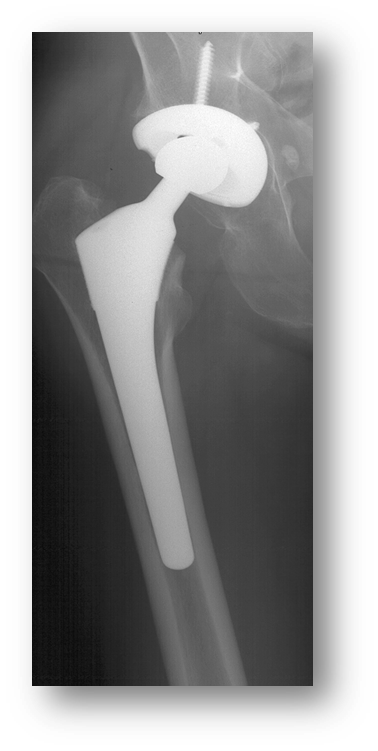Every year, thrombosis affects about 1 or 2 people in every 1000 who live in developed countries such as Ireland and older people (those over 60 years of age) are at greater risk of suffering a clot [4, 5, 6, 7]. But it is important to know that venous thromboembolism (VTE) is largely a disease of hospitalised patients. Large studies have shown that the incidence of VTE in patients who are or who have recently been discharged from hospital are about 100 times greater than the incidence found in the community.
Anyone can develop a DVT, but there are a number of well-known factors that can increase the risk. Increasing age is a persistent and well-known risk factor for VTE, with patients over 60 years at higher risk. Another persistent risk factor is ‘thrombophilia’—the increased tendency to develop blood clots due to an abnormality in the clotting system of the body. Some risk factors are temporary, for example surgery. If an otherwise healthy person has surgery, the risk associated with the operation soon passes.
The more risk factors present, the greater the risk of developing a VTE. In this section, you can learn more about what these factors are and why they increase thrombosis risk.
This information is not intended as a substitute for consultation with your healthcare professional.


The figure shows common risk factors associated with an increased risk of VTE: hip replacement
surgery, pregnancy and cancer treatment.